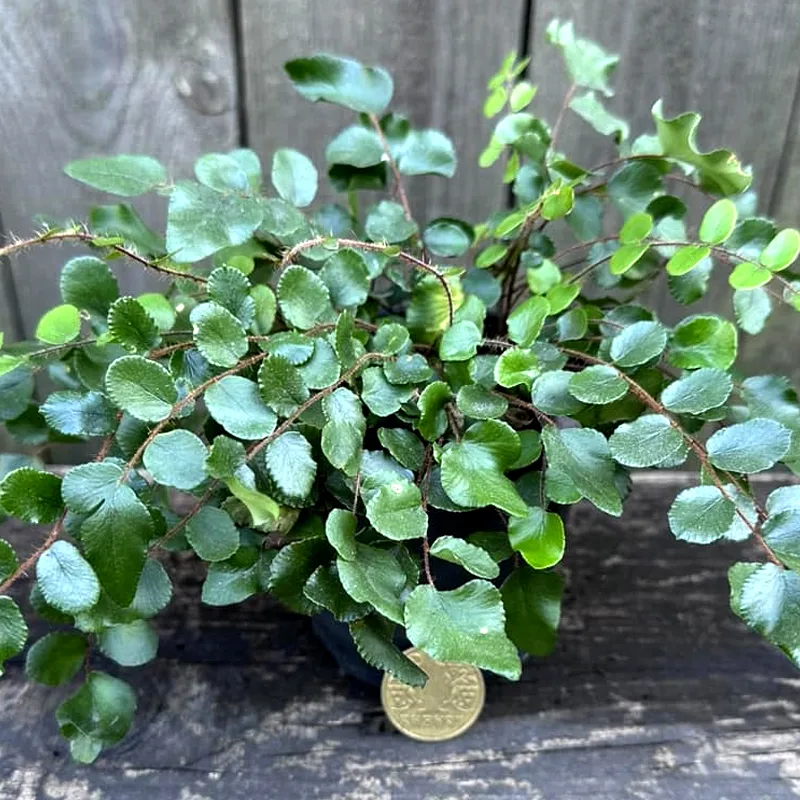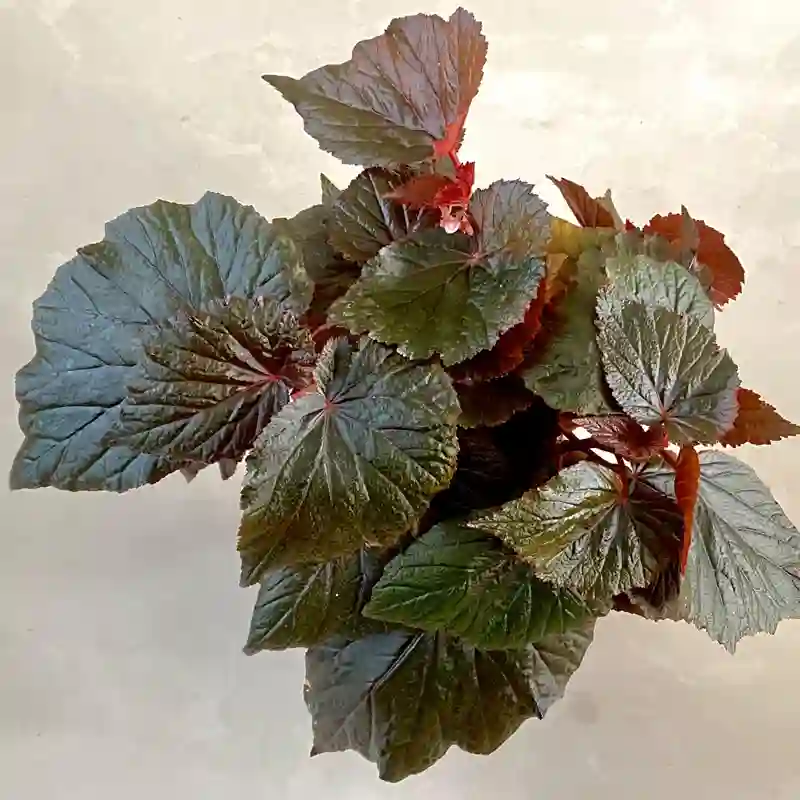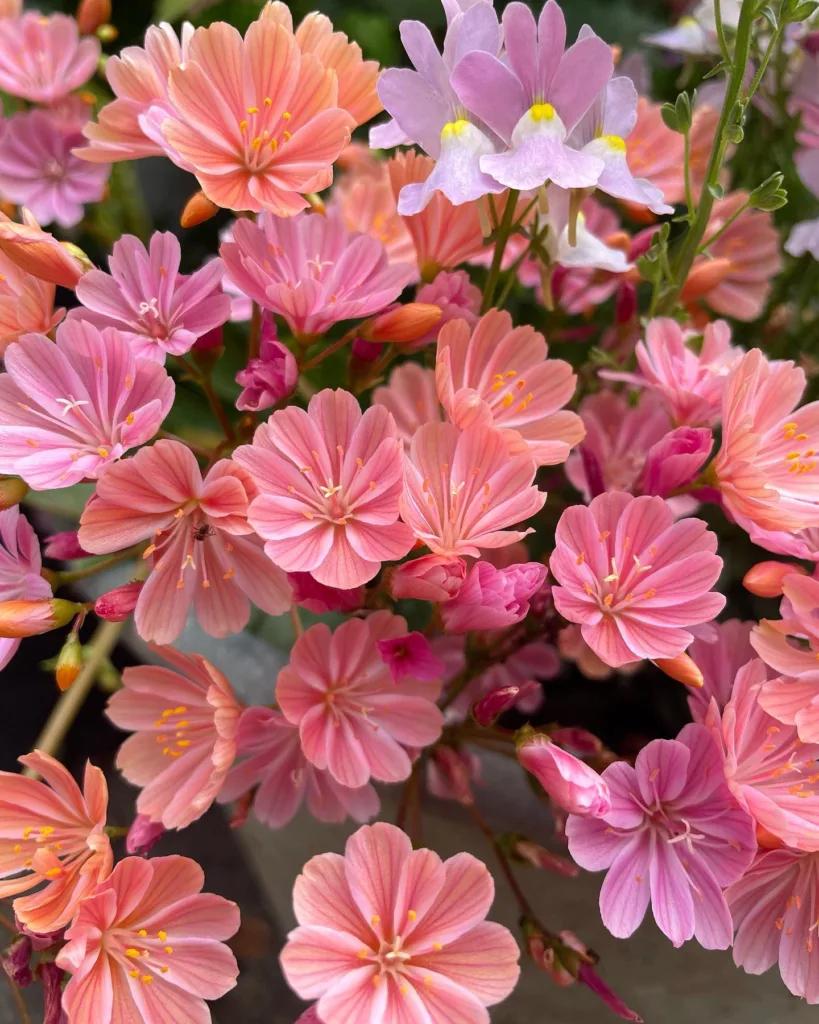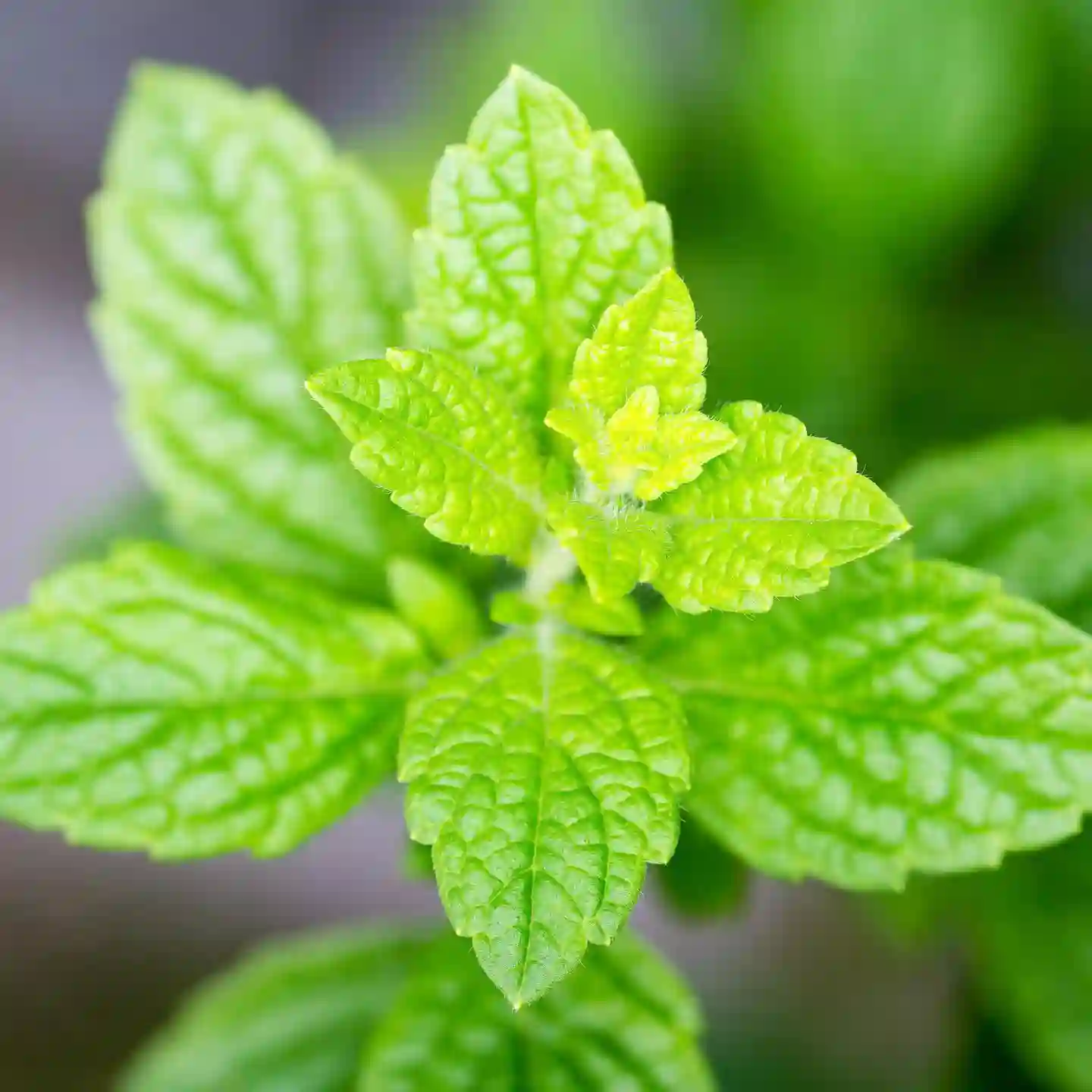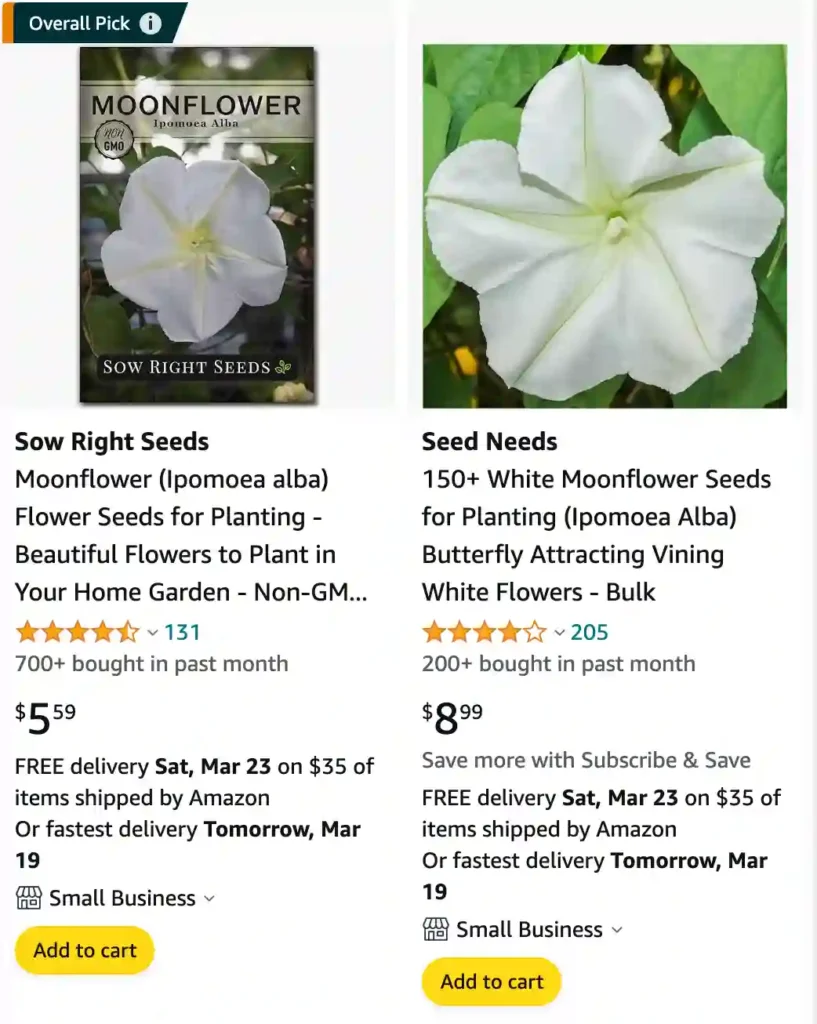
Exploring the Enigmatic Beauty of Ipomoea alba
Ipomoea alba, commonly known as the Moonflower, is one of those enchanting plants that has always fascinated me. Its large, fragrant white blooms that open at dusk and close by morning create an aura of mystery and allure. As someone who has spent a significant amount of time cultivating and studying various plants, I find Ipomoea alba to be both a joy and a challenge to grow. Let’s delve into some common questions about this captivating plant.
637 Species in Genus Ipomoea
Is Ipomoea alba Poisonous?
One of the first questions people often ask about any plant is whether it is safe to have around pets and children. Ipomoea alba, like many members of the morning glory family, does contain some toxic compounds. Specifically, the seeds of Ipomoea alba are known to be poisonous if ingested. They contain alkaloids that can cause symptoms such as nausea, hallucinations, and other gastrointestinal issues. It’s essential to keep the seeds out of reach of pets and children to prevent accidental ingestion. While the flowers and leaves are less toxic, it’s still wise to handle the plant with care and wash hands after touching it.
What Kills Ipomoea alba Weed?
Ipomoea alba, while often grown intentionally for its beauty, can become invasive in some regions. This vigorous grower can quickly overrun gardens and natural areas if not properly managed. To control or eradicate Ipomoea alba weeds, several methods can be effective:
- Manual Removal: Regularly pulling up the plants by their roots can help manage their spread. This method is most effective when the plants are young and before they have set seed.
- Mulching: Applying a thick layer of mulch around desired plants can suppress the growth of Ipomoea alba by blocking sunlight and preventing seed germination.
- Herbicides: In cases of severe infestation, selective herbicides can be used. Herbicides containing glyphosate are effective, but they must be applied carefully to avoid harming other plants.
- Cutting and Mowing: Regular cutting or mowing can weaken the plants over time, reducing their ability to spread.
Where is Ipomoea alba Located?
Ipomoea alba is a tropical and subtropical plant, native to regions in Central and South America. However, due to its popularity and ease of growth, it has spread to various parts of the world. It thrives in USDA hardiness zones 9 through 11, where it can grow as a perennial. In cooler climates, it is often grown as an annual, planted each year once the danger of frost has passed.
You can find Ipomoea alba in a variety of settings, from home gardens to wild areas. It prefers well-drained soil and full sun to partial shade. Its ability to grow quickly and climb structures makes it a popular choice for covering trellises, fences, and arbors.
How to Care for Ipomoea alba?
Caring for Ipomoea alba is relatively straightforward, provided you meet its basic needs. Here are some tips for ensuring your Moonflower thrives:
- Soil: Plant Ipomoea alba in well-draining soil. While it can tolerate poor soil conditions, it prefers a fertile, loamy substrate.
- Watering: Keep the soil consistently moist but not waterlogged. Water deeply once a week, increasing the frequency during hot, dry periods.
- Sunlight: Ensure the plant receives plenty of sunlight. At least six hours of direct sunlight per day is ideal.
- Support: Provide a structure for the plant to climb. A trellis or fence works well, allowing the vine to reach its full height of up to 15 feet or more.
- Pruning: Regular pruning helps to manage its growth and encourages more blooms. Remove any dead or diseased parts promptly.
How to Propagate Ipomoea alba?
Propagating Ipomoea alba is a rewarding process, allowing you to share this beautiful plant with friends or expand your own garden. The most common method is by seed. Here’s how:
- Seed Collection: Collect seeds from mature pods after the flowers have faded and the pods have dried.
- Scarification: To improve germination rates, nick the hard outer coat of the seeds with a file or soak them in water for 24 hours before planting.
- Planting: Sow the seeds directly into the garden after the last frost, or start them indoors 4-6 weeks before the last expected frost date. Plant seeds about 1/4 inch deep.
- Transplanting: If starting indoors, transplant seedlings outdoors once they have at least two sets of true leaves and the weather is warm.
What to Plant with Ipomoea alba?
Companion planting can enhance the beauty and health of your garden. Consider pairing Ipomoea alba with the following:
- Evening Primrose: Another night-blooming plant, evening primrose complements the Moonflower’s blooms and attracts pollinators.
- Night Phlox: With its sweet fragrance, night phlox pairs well with the aromatic Moonflower.
- Day-Blooming Plants: Combining day-blooming flowers like marigolds or zinnias ensures your garden has visual interest and color both day and night.
Ipomoea alba is a plant that offers both aesthetic beauty and practical benefits to any garden. By understanding its care requirements and potential challenges, you can enjoy its stunning nighttime blooms while managing its growth effectively. Whether you’re a seasoned gardener or a novice, the Moonflower is a delightful addition to explore and cultivate.
If i die, water my plants!
